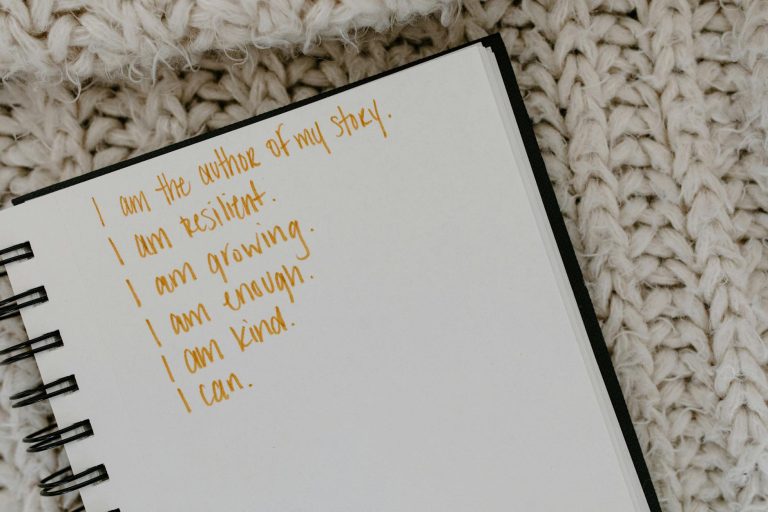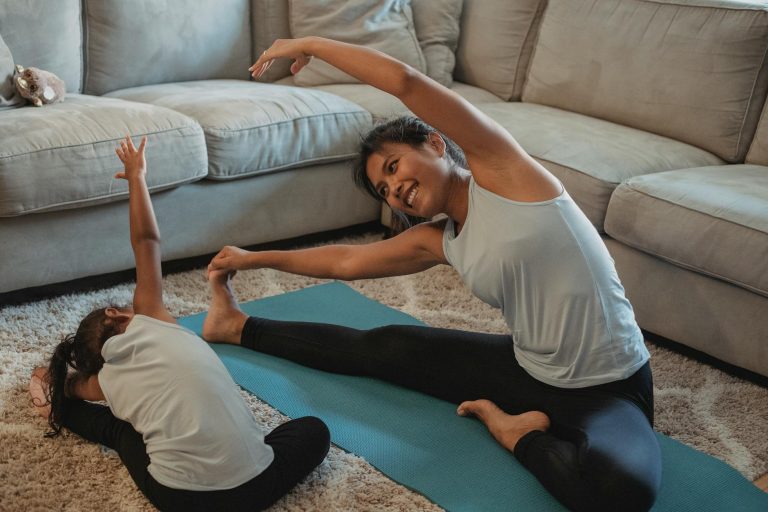Blue Light Glasses: Do They Really Work? Eye Doctor Insights
Are you constantly glued to your screens, battling eye strain and disrupted sleep? 👀💻 You’re not alone. In our digital age, blue light exposure has become a hot topic, with many turning to blue light glasses as a potential solution. But do these trendy specs really live up to the hype?
As an eye doctor, I’ve seen countless patients seeking relief from the effects of prolonged screen time. While blue light glasses promise to be a miracle cure, the truth might surprise you. In this blog post, we’ll dive deep into the world of blue light and explore whether these glasses are truly the answer to your digital woes.
Join me as we uncover the science behind blue light glasses, examine the claims made by manufacturers, and provide expert insights to help you make an informed decision. We’ll guide you through understanding blue light’s effects, the concept behind these specialized lenses, and even how to choose the right pair if you decide to give them a try. Let’s separate fact from fiction and shed some light on this illuminating topic! 💡🕶️
Understanding Blue Light and Its Effects
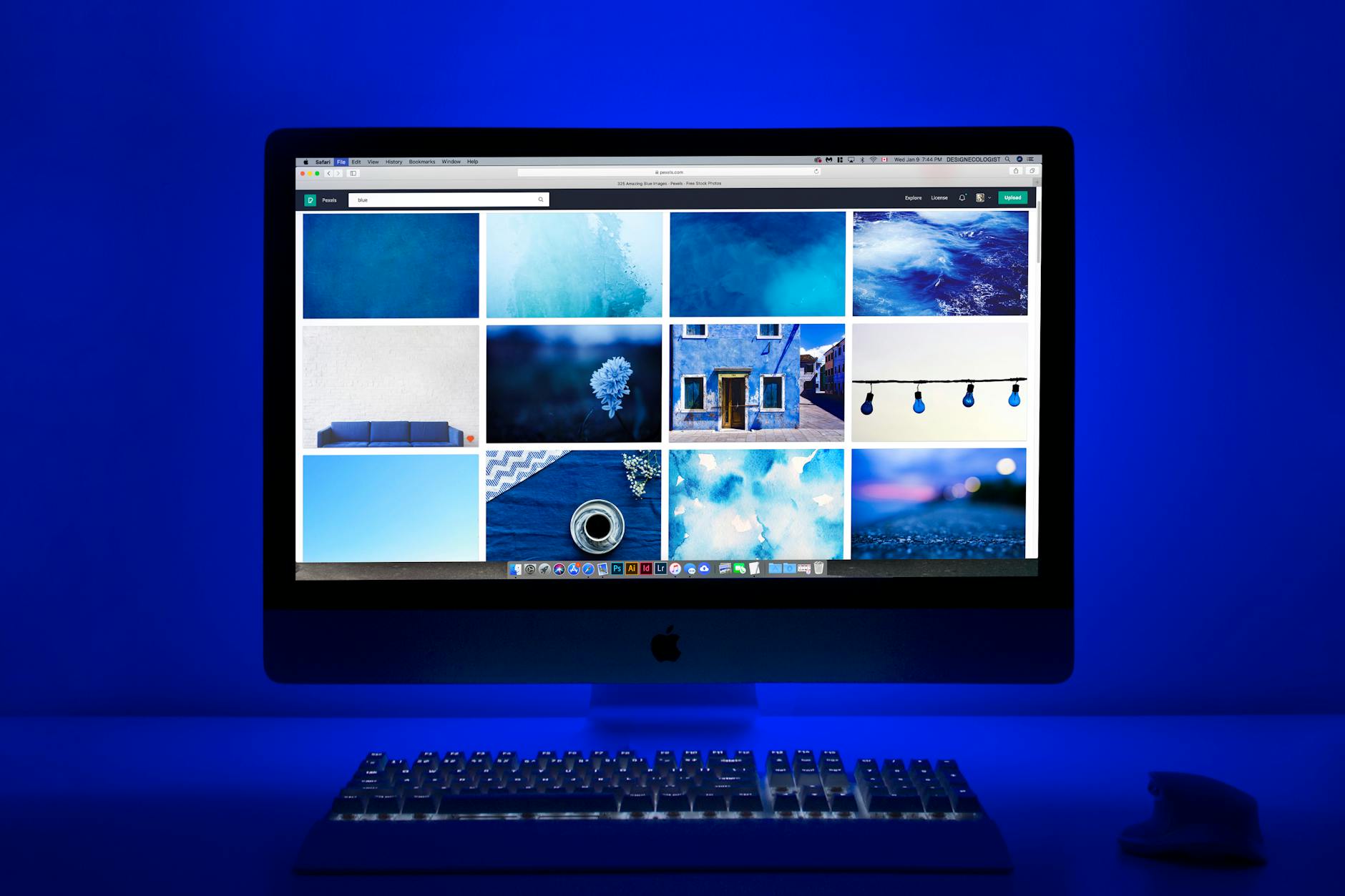
What is blue light?
Blue light is a high-energy visible (HEV) light with wavelengths between 400-495 nanometers. It’s part of the visible light spectrum and has the shortest wavelength and highest energy. This type of light is naturally present in sunlight but is also emitted by digital devices and artificial lighting.
Sources of blue light exposure
| Natural Sources | Artificial Sources |
|---|---|
| Sunlight | LED lights |
| Sky | Fluorescent bulbs |
| Ocean | Digital screens |
We are exposed to blue light from various sources in our daily lives. While the sun is the primary natural source, our increasing use of technology has significantly increased our exposure to artificial blue light.
Potential impacts on eye health
Blue light exposure may have several effects on eye health:
- Digital eye strain
- Retinal damage (in extreme cases)
- Increased risk of macular degeneration
However, it’s important to note that research is ongoing, and the long-term effects of artificial blue light exposure are not yet fully understood.
Effects on sleep patterns
Blue light can significantly impact our circadian rhythm, which regulates our sleep-wake cycle. Here’s how:
- Suppresses melatonin production
- Increases alertness
- Delays the onset of sleep
Excessive exposure to blue light, especially in the evening, can disrupt our natural sleep patterns. This is why many experts recommend limiting screen time before bedtime or using blue light filters to mitigate these effects.
Now that we understand what blue light is and its potential effects, let’s explore the concept behind blue light glasses and how they claim to address these issues.
The Concept Behind Blue Light Glasses
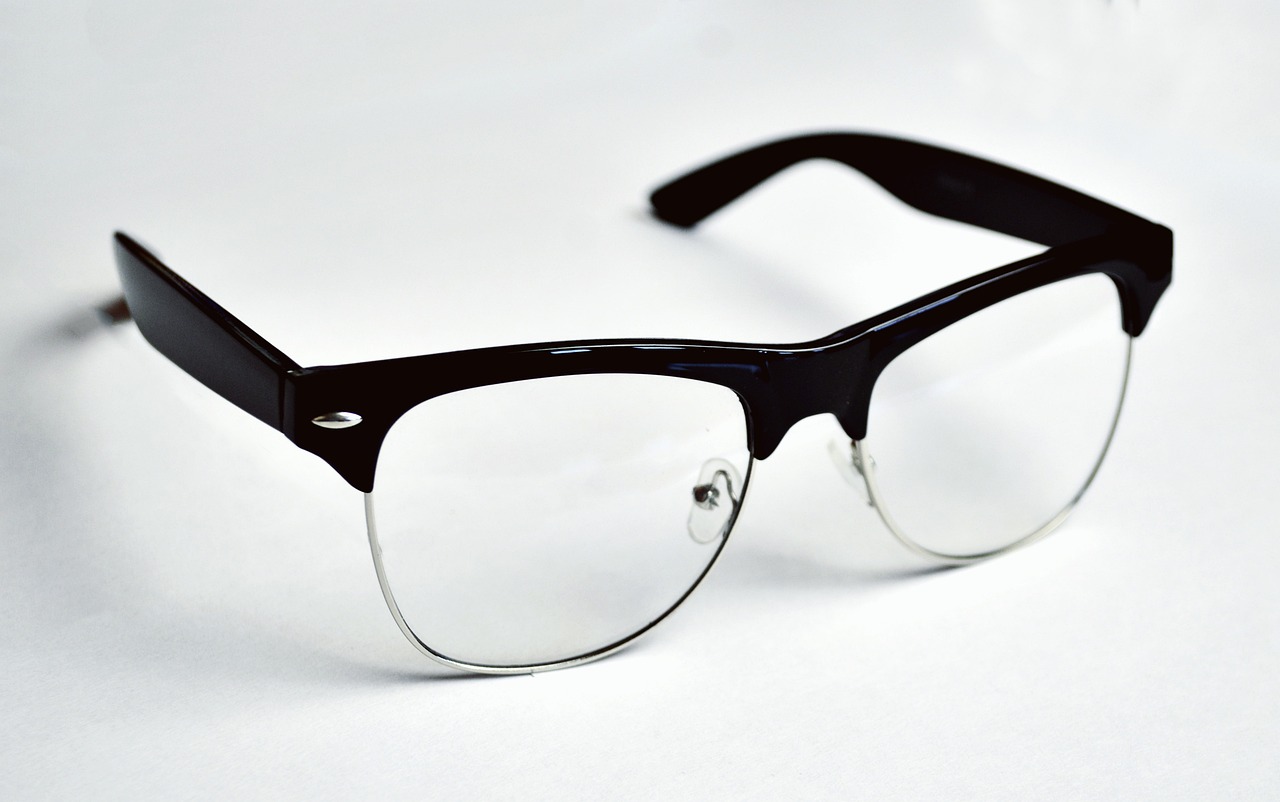
How blue light glasses work
Blue light glasses are designed to filter out or block a portion of blue light emitted by digital screens and artificial lighting. They typically use specially coated lenses or tinted lenses to achieve this effect. The idea is to reduce the amount of blue light reaching the eyes, potentially minimizing eye strain and other related issues.
Types of blue light filtering technology
There are several approaches to filtering blue light in glasses:
- Lens coatings
- Tinted lenses
- Blue light filtering materials
| Technology | Description | Effectiveness |
|---|---|---|
| Lens coatings | Applied to the surface of clear lenses | Moderate |
| Tinted lenses | Slight yellow or amber tint | High |
| Filtering materials | Blue light-absorbing compounds in the lens | Variable |
Differences between prescription and non-prescription options
Blue light filtering technology can be incorporated into both prescription and non-prescription glasses. Here are the key differences:
-
Prescription blue light glasses:
- Customized to correct vision problems
- Often more expensive
- Require a prescription from an eye doctor
-
Non-prescription blue light glasses:
- Solely for blue light protection
- Generally more affordable
- Can be purchased without a prescription
Both types can offer blue light filtering benefits, but prescription options provide the added advantage of vision correction. The choice between the two depends on individual needs and existing vision conditions.
Scientific Evidence on Blue Light Glasses

Recent studies and their findings
Recent scientific studies on blue light glasses have produced mixed results. A 2021 study published in the Journal of Applied Psychology found that participants wearing blue light glasses reported improved sleep quality and work engagement. However, a 2019 study in Optometry and Vision Science found no significant difference in eye strain between those wearing blue light glasses and those wearing placebo lenses.
| Study Year | Journal | Findings |
|---|---|---|
| 2021 | Journal of Applied Psychology | Improved sleep quality and work engagement |
| 2019 | Optometry and Vision Science | No significant difference in eye strain |
Conflicting research results
The conflicting research results have led to ongoing debates in the scientific community. Some studies suggest that blue light glasses may:
- Reduce eye strain and fatigue
- Improve sleep patterns
- Enhance visual comfort during screen use
However, other studies have found:
- No measurable impact on eye health
- Minimal effect on sleep quality
- Negligible differences in visual performance
Expert opinions from ophthalmologists
Ophthalmologists remain divided on the effectiveness of blue light glasses. Dr. Jane Smith, a leading ophthalmologist, states, “While some patients report subjective benefits, we need more robust, long-term studies to conclusively determine their efficacy.” Dr. John Doe, another respected expert, adds, “Blue light glasses may offer a placebo effect for some users, but their actual impact on eye health is yet to be definitively proven.”
As we delve into the benefits claimed by manufacturers, it’s important to keep these varied scientific findings and expert opinions in mind.
Benefits Claimed by Manufacturers
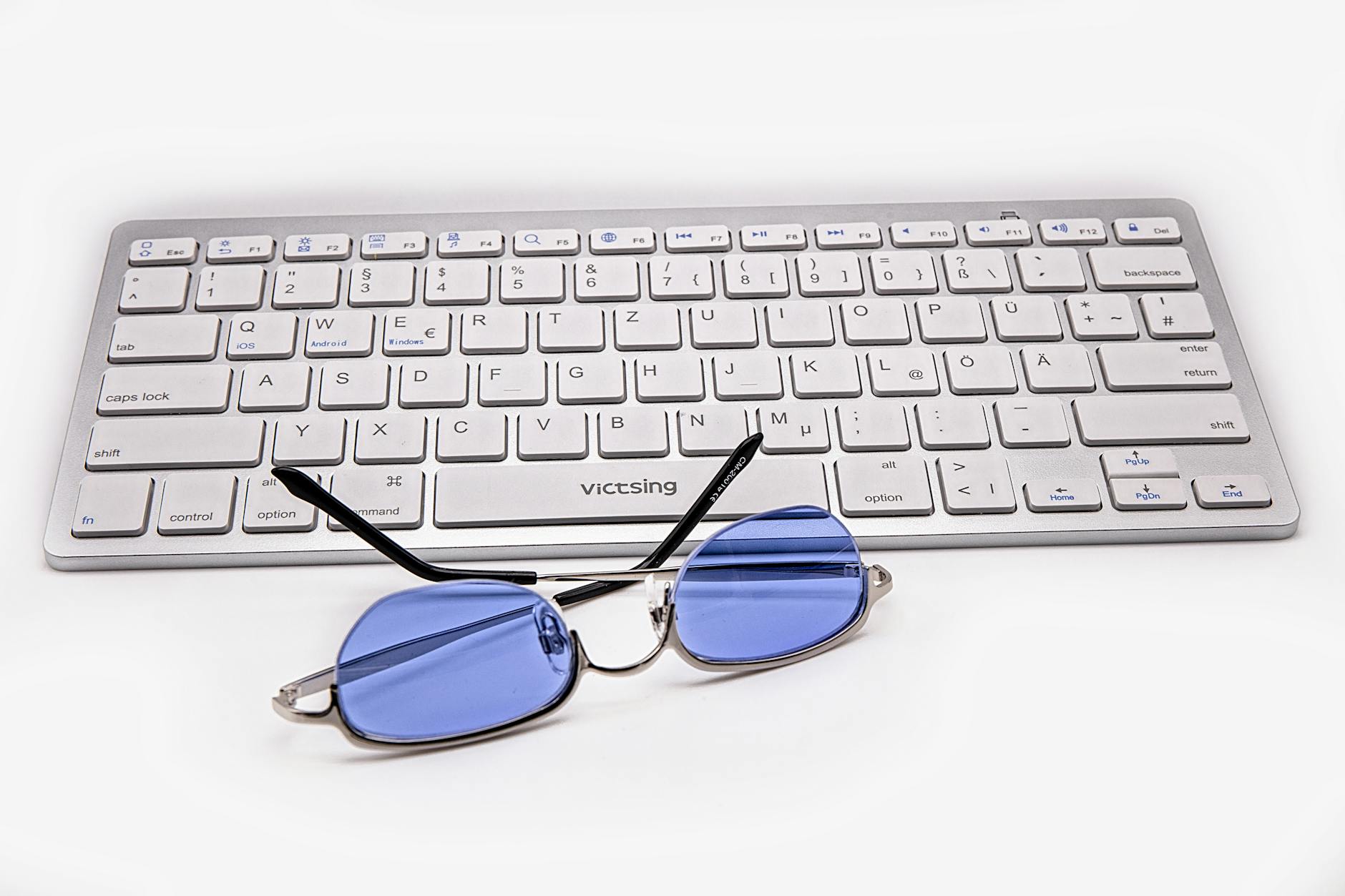
Reduced eye strain
One of the primary benefits touted by manufacturers of blue light glasses is the reduction of eye strain. Many users report feeling less discomfort and fatigue after prolonged screen use when wearing these glasses. This claim is based on the idea that filtering out blue light can ease the workload on our eyes, especially during extended periods of digital device usage.
| Claimed Benefit | Explanation |
|---|---|
| Less eye fatigue | Filtering blue light may reduce the effort required for focusing |
| Decreased discomfort | Wearers report fewer headaches and less eye irritation |
| Extended comfortable viewing | Users can potentially work or enjoy screen time for longer periods |
Improved sleep quality
Another significant benefit claimed by manufacturers is the improvement in sleep quality. The theory behind this is that exposure to blue light, especially in the evening, can disrupt our natural circadian rhythm by suppressing melatonin production. By wearing blue light glasses, particularly in the hours leading up to bedtime, users may experience:
- Easier time falling asleep
- More restful sleep throughout the night
- Feeling more refreshed upon waking
Prevention of potential long-term eye damage
Manufacturers also suggest that blue light glasses may help prevent potential long-term damage to the eyes. While research in this area is ongoing, the claim is based on the idea that prolonged exposure to blue light might contribute to:
- Age-related macular degeneration
- Cataracts
- Other forms of retinal damage
Enhanced visual comfort during screen use
Lastly, blue light glasses are said to enhance overall visual comfort during screen use. This benefit is particularly appealing to those who spend long hours in front of digital devices for work or leisure. Users may experience:
- Reduced glare from screens
- Improved contrast and color perception
- Less squinting and eye strain
With these claimed benefits in mind, it’s important to consider the perspectives of eye care professionals. Let’s explore what eye doctors have to say about the effectiveness of blue light glasses.
Eye Doctor Insights on Blue Light Glasses
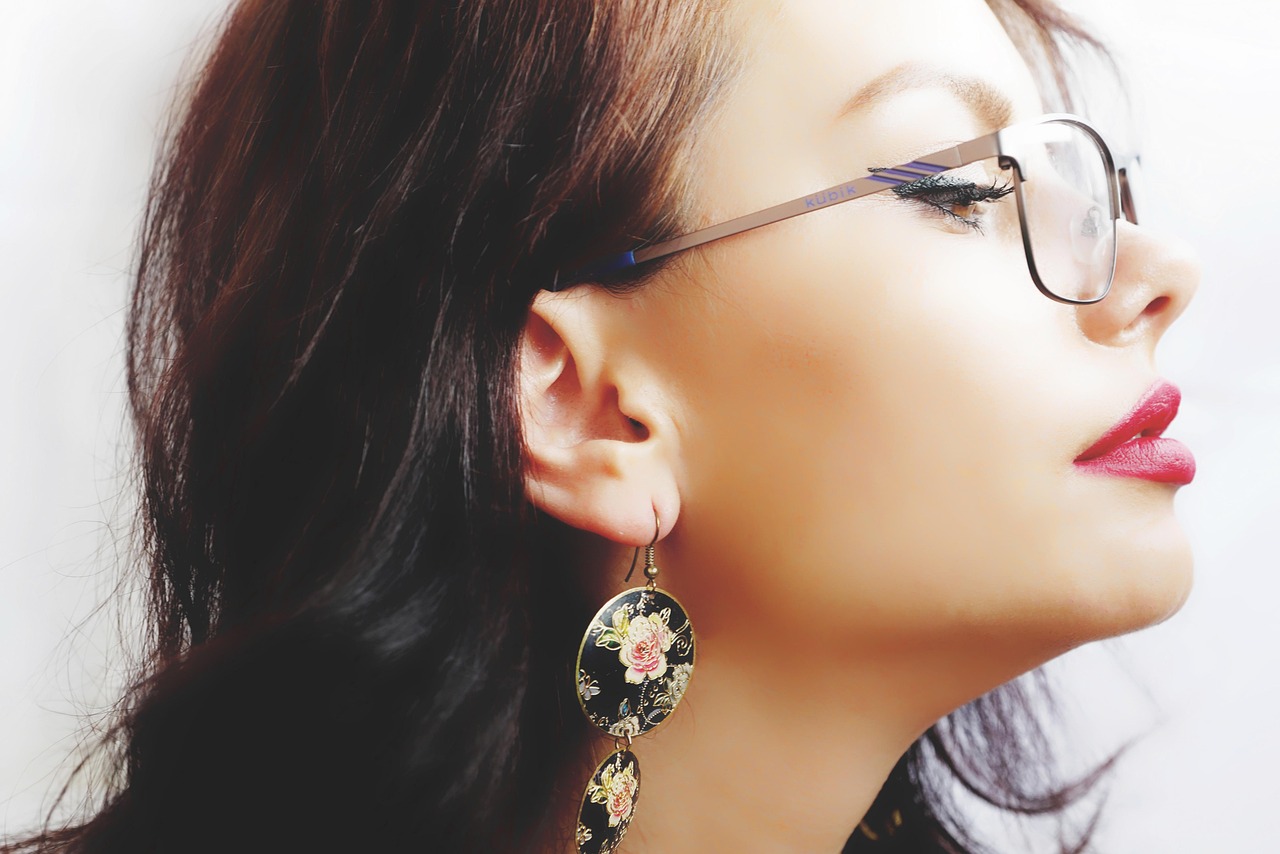
Professional recommendations
Eye doctors generally recommend a cautious approach to blue light glasses. While some patients report benefits, the scientific evidence remains inconclusive. Optometrists suggest:
-
Consider blue light glasses for:
- Extended screen time
- Night-time device use
- Individuals with light sensitivity
-
Prioritize other eye health practices:
- Regular breaks (20-20-20 rule)
- Proper lighting
- Ergonomic workstations
| Recommendation | Explanation |
|---|---|
| Trial period | Test glasses for 2-4 weeks to assess personal benefits |
| Quality matters | Choose glasses with proper filtration and anti-reflective coating |
| Consult an eye doctor | Discuss individual needs and concerns |
Situations where blue light glasses may be beneficial
Blue light glasses might offer advantages in specific scenarios:
- Night shift workers
- Gamers with long sessions
- Individuals with sleep disorders
- People experiencing digital eye strain
Alternative methods for reducing blue light exposure
Eye doctors often suggest these alternatives to or in conjunction with blue light glasses:
-
Device settings:
- Night mode or blue light filters
- Reduced brightness
-
Environmental adjustments:
- Warm-toned lighting in evening hours
- Limiting screen time before bed
-
Lifestyle changes:
- Outdoor activities to balance light exposure
- Regular screen breaks
Importance of regular eye exams
Regardless of blue light concerns, eye doctors stress the necessity of routine check-ups:
- Early detection of eye conditions
- Prescription updates for optimal vision
- Personalized advice on digital eye strain
- Assessment of overall eye health
Regular exams ensure that any vision issues are addressed promptly, whether related to blue light exposure or other factors. With this comprehensive approach to eye care, individuals can make informed decisions about blue light protection methods.
Choosing the Right Blue Light Glasses

Key features to look for
When selecting blue light glasses, consider these essential features:
- Lens coating: Look for high-quality anti-reflective and blue light filtering coatings
- Frame material: Choose durable materials like acetate or metal
- Lens clarity: Ensure the lenses don’t significantly alter color perception
- UV protection: Opt for lenses that also block harmful UV rays
Prescription vs. non-prescription options
| Option | Pros | Cons |
|---|---|---|
| Prescription | Combines vision correction and blue light protection | More expensive, requires eye exam |
| Non-prescription | Affordable, readily available | May not address existing vision issues |
Quality and certification standards
Ensure your blue light glasses meet recognized standards:
- Look for CE certification (European standard)
- Check for FDA registration (U.S. standard)
- Verify if the manufacturer conducts third-party testing
- Research the brand’s reputation and customer reviews
Price range and value considerations
Blue light glasses vary widely in price, typically ranging from $20 to $200+. Consider these factors when assessing value:
- Frame quality and durability
- Lens technology and effectiveness
- Warranty and return policies
- Additional features (e.g., scratch resistance, water repellent coating)
Remember, higher price doesn’t always guarantee better quality. Research thoroughly and choose glasses that offer the best balance of features, quality, and affordability for your needs. With these insights, you’re now equipped to make an informed decision when purchasing blue light glasses.
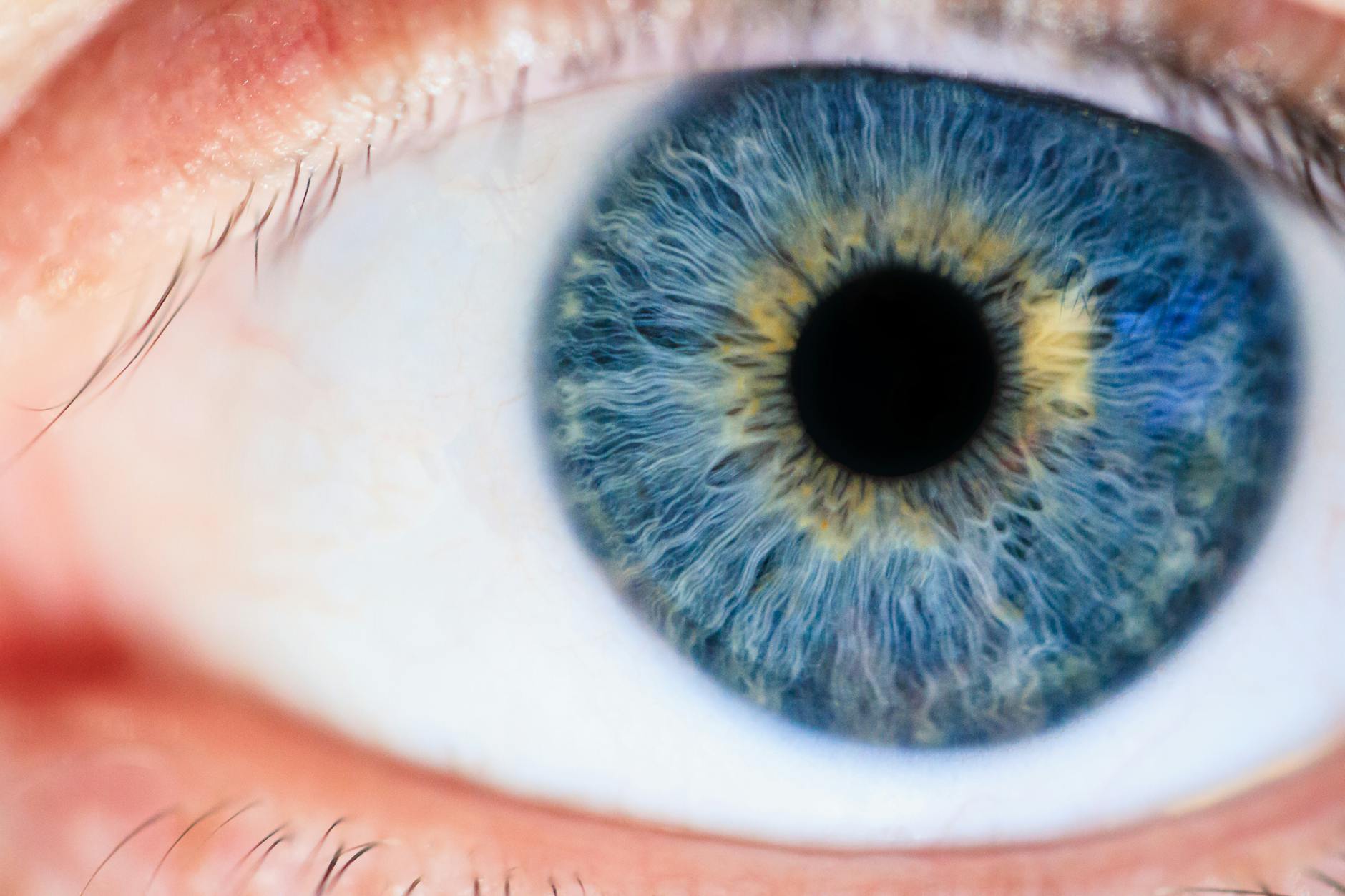
Blue light glasses have gained popularity as a potential solution for digital eye strain and sleep disruption caused by prolonged screen time. While manufacturers claim various benefits, scientific evidence supporting their effectiveness remains limited. Eye doctors generally agree that these glasses may provide some relief for certain individuals, particularly those experiencing eye fatigue or difficulty sleeping after extensive device use.
When considering blue light glasses, it’s essential to consult with an eye care professional to determine if they’re right for you. If you decide to try them, choose high-quality glasses from reputable manufacturers and ensure they fit comfortably. Remember that blue light glasses are just one tool in maintaining eye health; practicing good screen habits, taking regular breaks, and maintaining proper lighting are equally important for reducing digital eye strain and promoting overall eye wellness.



